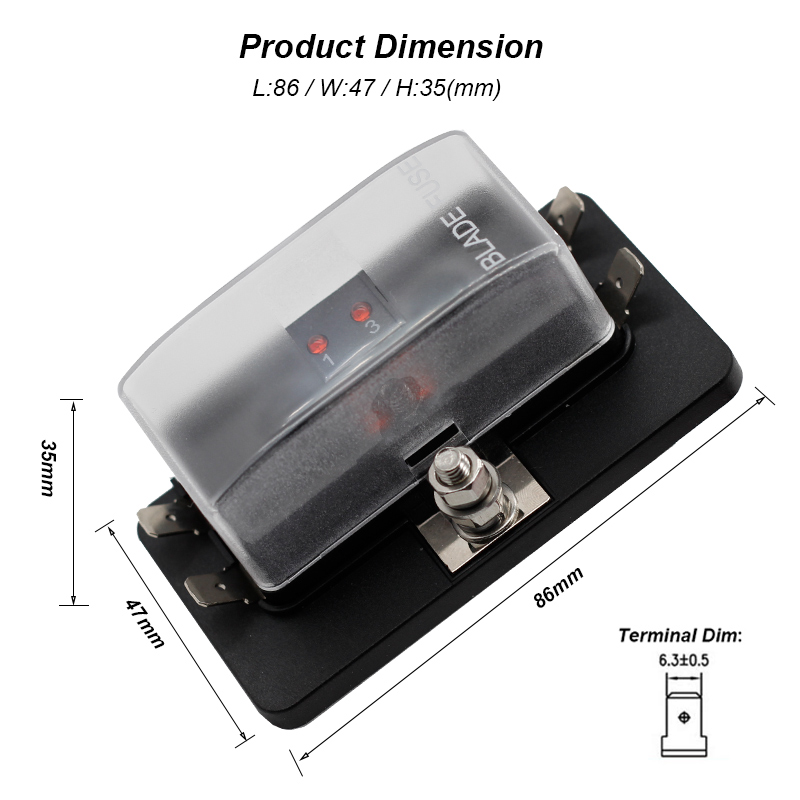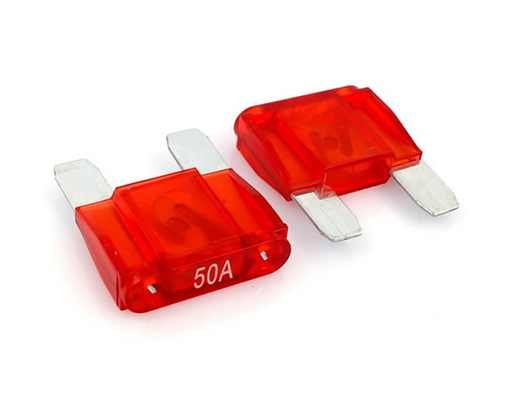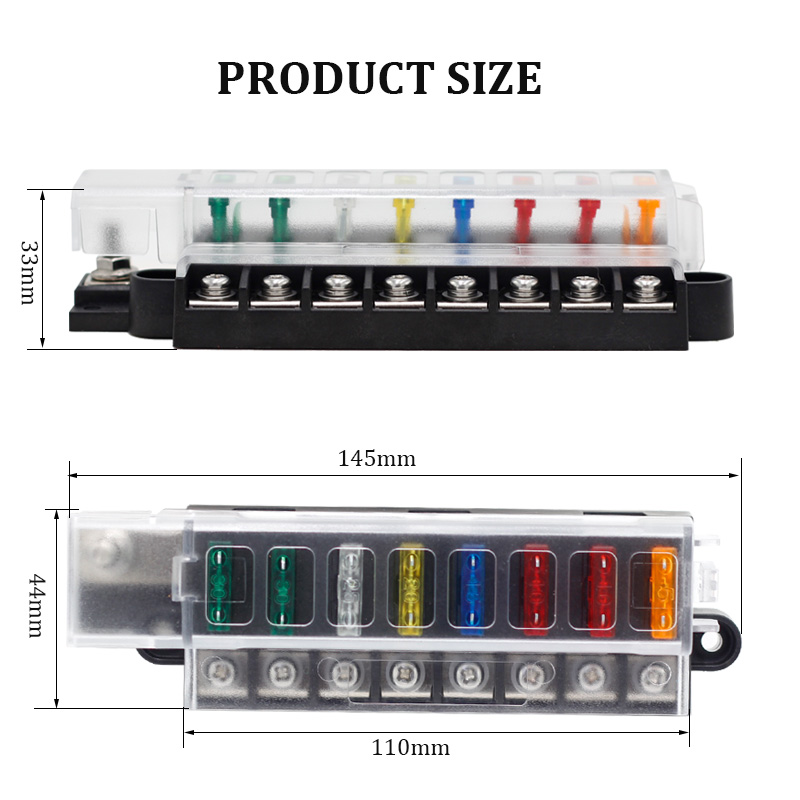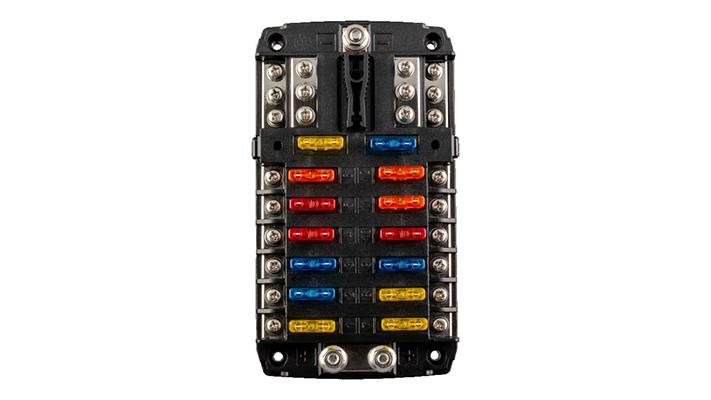Fuse Boxes: Critical Components for Automotive Climate Control and HVAC Systems
News 2025-10-20
Fuse boxes are indispensable in the automotive industry, particularly for systems governing climate control and HVAC operations. With the advancement of vehicle technology, these components have evolved to handle more complex electrical architectures. They protect circuits by interrupting current flow during overloads, safeguarding parts like the climate control module and refrigerant sensors. In modern cars, reliable fuse boxes are crucial for maintaining passenger comfort and complying with safety standards, as they prevent potential hazards from electrical malfunctions.

Application Scenarios in Vehicles
In various automotive applications, fuse boxes are strategically placed to support climate control functions. For example, in passenger cars, they protect the circuitry for the air conditioning compressor and heater core. In commercial vehicles like buses, fuse boxes handle higher loads for advanced climate systems that serve larger cabins. Moreover, in hybrid and electric vehicles, they are crucial for managing the integration of HVAC with battery systems, ensuring energy-efficient operation during different driving conditions.
Performance and Reliability Benefits
Fuse boxes offer key performance advantages, including enhanced safety through fault isolation and reduced risk of system-wide failures. Their compact design allows for space-efficient installation in tight engine compartments. Additionally, with the use of automotive-grade materials, they withstand extreme temperatures and vibrations, leading to longer service life. This reliability translates to cost savings for vehicle owners by minimizing downtime and maintenance needs in climate control systems.
Maintenance and Troubleshooting Tips
Proper maintenance of fuse boxes is essential for optimal performance of car HVAC systems. Regular checks for blown fuses or corrosion can prevent unexpected breakdowns. When troubleshooting, always refer to the vehicle’s fuse diagram to identify and replace faulty fuses correctly. Using the right amperage ratings is critical to avoid further damage. Furthermore, keeping the fuse box clean and dry helps maintain electrical contacts, ensuring consistent operation of climate control features.
Frequently Asked Questions
1. What causes a fuse to blow in a climate control system?
A fuse may blow due to short circuits, overloaded circuits, or worn-out components in the HVAC system, such as a faulty blower motor.
2. How can I locate the fuse box in my car?
Consult your owner’s manual or look for labeled panels under the dashboard or in the engine bay, where fuse boxes are commonly situated.
3. Is it safe to replace fuses myself?
Yes, as long as you follow safety precautions, such as turning off the engine and using the correct fuse type, self-replacement is generally safe and straightforward.


